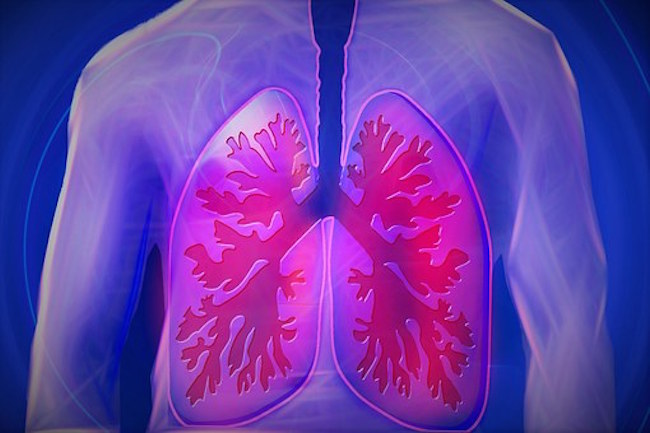Is Quercetin a Safer Alternative to Hydroxychloroquine? by Dr. Joseph Mercola for Mercola
The debate about whether the antimalarial drug hydroxychloroquine is an effective treatment for COVID-19 continues, as a Chinese trial1,2,3,4 comparing clinical outcomes of those treated with the drug and those receiving standard of care alone reports “disappointing” results.
Hydroxychloroquine Trial Reports Disappointing Results
Seventy-five COVID-19 patients at 16 Chinese treatment centers received 1,200 milligrams of hydroxychloroquine in addition to standard of care for the first three days of treatment, followed by a maintenance dose of 800 mg per day for two weeks in mild to moderate cases and three weeks for severe cases. Another 75 patients received standard of care only.
The primary endpoint was a 28-day negative conversion rate of SARS-CoV-2 (viral load reduction). Secondary endpoints included improvement rate of clinical symptoms and the normalization of C-reactive protein and blood lymphocyte count within 28 days.
Support Our Site

Now is your chance to support Gospel News Network.
We love helping others and believe that’s one of the reasons we are chosen as Ambassadors of the Kingdom, to serve God’s children. We look to the Greatest Commandment as our Powering force.
According to the authors, the hydroxychloroquine group only had a 28-day negative conversion rate of 85.4% compared to the control group’s rate of 81.3%. No difference in the alleviation of symptoms was observed between the two groups.
Adverse events were also higher in the hydroxychloroquine group (30%) compared to controls (8.8%). You can find a listing of the adverse events in Table 2 of the study.5 The most common adverse event, at 10%, was diarrhea. That said, the authors point out that:6
“A significant efficacy of HCQ [hydroxychloroquine] on alleviating symptoms was observed when the confounding effects of anti-viral agents were removed in the post-hoc analysis (Hazard ratio, 8.83, 95%CI, 1.09 to 71.3).
This was further supported by a significantly greater reduction of CRP (6.986 in SOC [standard of care] plus HCQ versus 2.723 in SOC, milligram/liter, P=0.045) conferred by the addition of HCQ, which also led to more rapid recovery of lymphopenia, albeit no statistical significance.
Conclusions: The administration of HCQ did not result in a higher negative conversion rate but more alleviation of clinical symptoms than SOC alone in patients hospitalized with COVID-19 without receiving antiviral treatment, possibly through anti-inflammatory effects. Adverse events were significantly increased in HCQ recipients but no apparently increase of serious adverse events.”
Limitations of This Study
A few things are worthy to note about this study. Aside from its small size, the patients received a far higher dose of hydroxychloroquine than typically used in the U.S. — 1,200 milligrams for the first three days, followed 800 mg per day for two to three weeks, compared to the U.S. Food and Drug Administration’s suggested dosage of 800 mg on Day 1, followed by 400 mg per day for four to seven days, depending on severity.7
Secondly, most patients had mild disease with little hypoxemia, and thirdly, treatment was administered quite late, on average 16 to 17 days after the onset of disease. Commenting on the findings, Josh Fargas, associate professor of pulmonary and critical care medicine at the University of Vermont writes:8
“Much of the pathogenesis of critical illness seems to result from dysregulated inflammation, rather than direct viral cytopathic effect. This raises a question of whether any antiviral treatment will be beneficial for late-presenting patients with severe illness.
Of course, it is possible that earlier use of hydroxychloroquine could be beneficial (e.g., perhaps at the first signs of illness on an out-patient basis). This is under investigation and additional data is likely to be forthcoming soon. Even if this does work in the outpatient clinic, it would probably have little impact on the management of these patients within the intensive care unit.”




